
As modern equestrians there’s a whole host of boots, wraps and bandages that we can use on our horses legs. If bandaging is something you’ve never done before then the do's, don't and associated risks can make it seem like an impossibly scary task but never fear, we’re here to help!
Why?
Pretty similar to using boots, bandages (aside from veterinary use) are generally used for:
- Supporting tendons and ligaments during work
- Preventing or reducing swelling when stabled
- Preventing injuries during work or travelling
- To keep the legs clean
Types
Bandaging For Stabling
With the use of boots and wraps becoming increasingly popular for when we're working our horses, bandages are primarily used for stabling or transporting. Stable bandages run from just below your horses knee to the bottom of their fetlock joint. Generally, they're used to protect their tendons, cannon bones and fetlock joints, to prevent swelling after strenuous exercise and in some cases to keep their legs warm. The majority of stable bandages are made using synthetic fleece or wool.
Bandaging For Exercise
A more traditional alternative to boots, you can use exercise bandages during work to support your horses lower leg and to prevent knocks and scrapes. Exercise bandages are generally fitted from underneath their knee/hock to midway down their fetlock joint. It is vital that their joints are not completely covered, this can inhibit flexion. While stable bandages are generally made from thicker fabrics, exercise bandages are elasticated and breathable. This prevents their legs getting too hot and allows freedom of movement.
Bandaging Your Horse
What you'll need...
Before you get started...
Safety First
Before you get started ensure that your horse is tied up in a safe area, where possible inside or on hard ground. Facing the hind quarters stand to the left of your horses legs. Ideally, you should avoid kneeling on the floor. Instead, stand in a squatting position so you are able to move away quickly if needed. To ensure that your horse does not stand on your hands keep them off the floor at all times.
Rolling A Bandage
Did you know that when you buy a new set of bandages they’re usually wrapped inside out?! Before using them for the first time you’ll need to unroll them to correct this. To roll up a bandage take the Velcro hooks and fold them back onto the loops to hold it in place. This will show you which direction you need to roll the bandage so it is ready to use. When rolling the bandage keep it tight and ensure that the ends stay square to avoid any wrinkles.

WeatherBeeta Prime Fleece Bandages
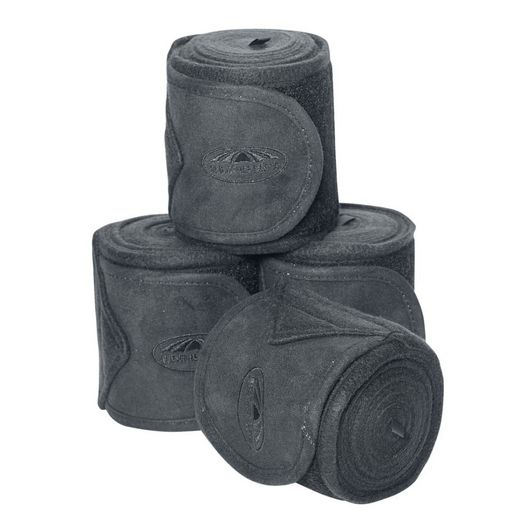
WeatherBeeta Prime Fleece Bandages
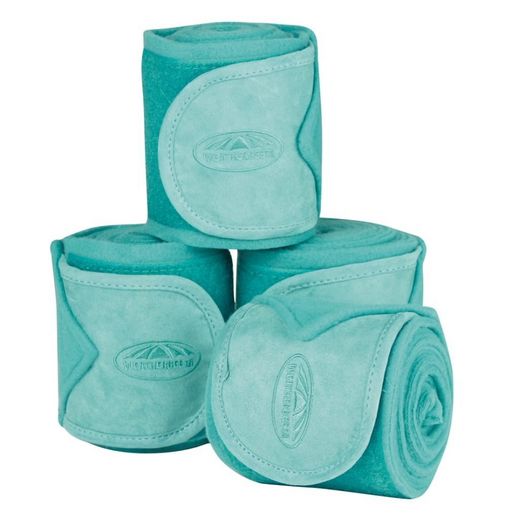
WeatherBeeta Prime Fleece Bandages
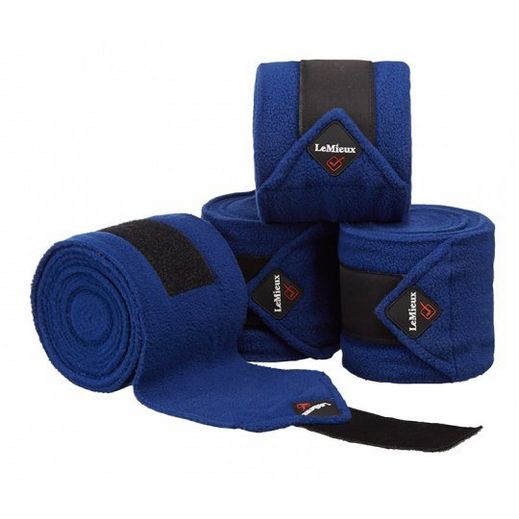
LeMieux Luxury Polo Bandages
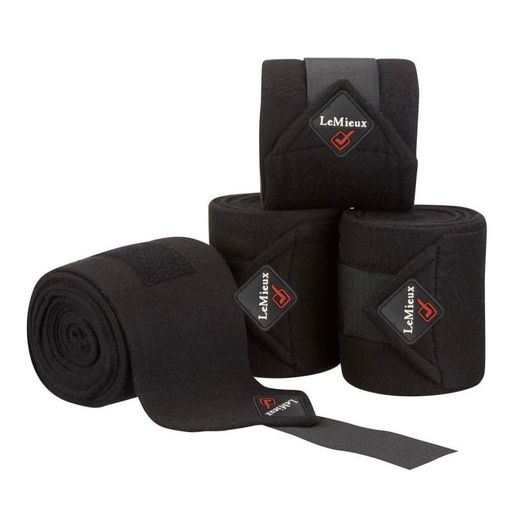
LeMieux Luxury Polo Bandages
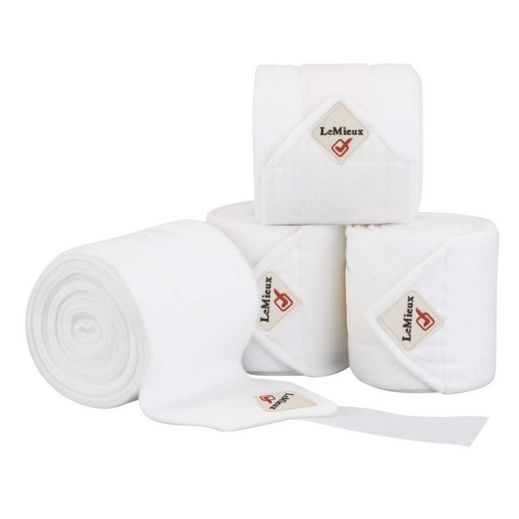
LeMieux Luxury Polo Bandages
How To Bandage
1. The first step to bandaging is to brush your horses legs. Not only will this help the hair to lay flat, it will remove any dirt, grease or loose hair to avoid rubbing, pressure points and sores.
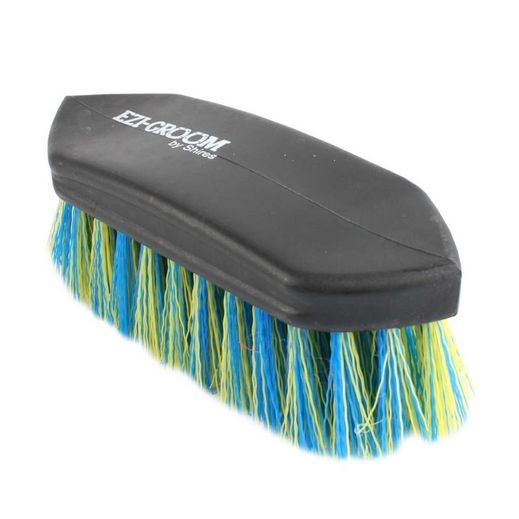
Ezi-Groom Shape Up Dandy Brush
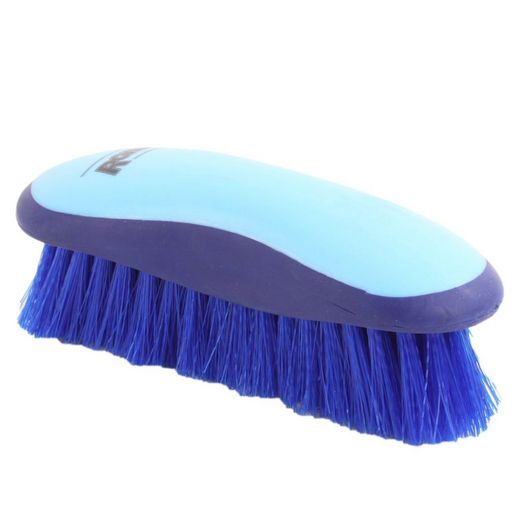
Roma Soft Touch Dandy Brush
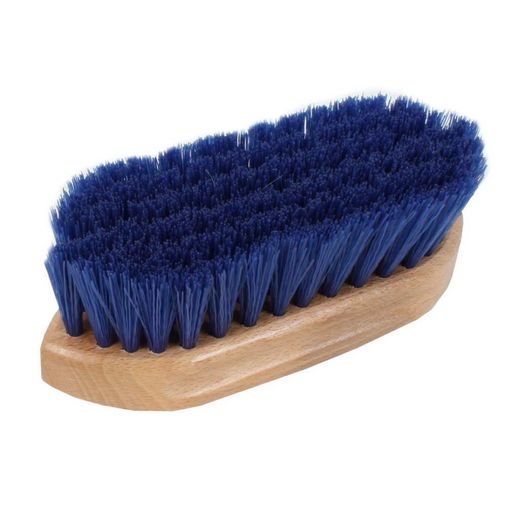
Equerry Wooden Dandy Brush
2. Once your horses legs are clean, you can apply bandage padding. Place the bandage padding just below your horses knee/hock. The padding should finish at the coronet band.

LeMieux Memory Foam Bandage Pads

LeMieux Memory Foam Bandage Pads
3. To apply the bandage padding hold one side in each hand and place it around the back of your horses leg. Tuck-in the side you’re holding with your right hand and wrap the remainder firmly around your horses leg. Some bandage padding will have Velcro tabs to hold it in place.
4. Holding the pad in place with your left thumb, pick up the bandage. Hold your bandage so the excess is facing you, not your horse. Unroll the first 3-4 inches of your bandage and place the end under your thumb. You can then begin bandaging by passing it from front to back to avoid putting excess pressure on the tendons. If you've got a larger horse it's best to start in the centre of their leg to avoid running out. If you've got a smaller horse or a pony you can start at the top.
5. To bandage evenly move down your horses leg by about half the width of the bandage with each wrap around. Ensure as you work down the leg it is not so tight it restricts blood flow but not so lose that it will become baggy or fall off.
6. Once you reach the base of the fetlock joint reverse direction and bring the bandage back up the leg following the same process. When you reach the point you started at use the Velcro to secure the bandage in place ensuring it is at the side of the leg, not the front or back.
7. When the bandage is in place check for creases or wrinkles. Wrinkled bandages must be removed and redone as the pressure this causes can restrict blood flow and cause rubbing.
We hope that you have found this blog useful. If you have any further questions please do not hesitate to leave a comment or contact our customer service team.
